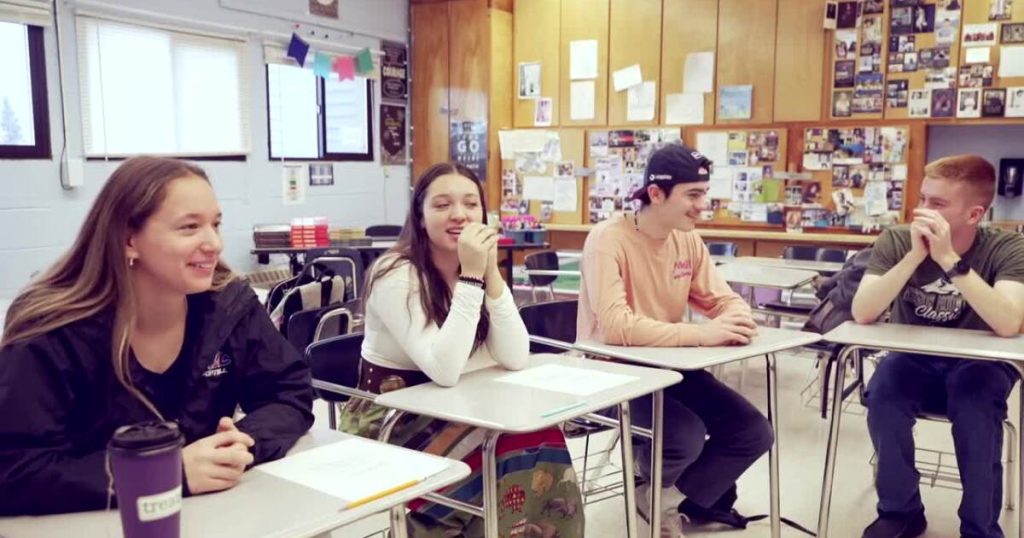TikTok’s Tumultuous Journey: From Near Ban to Presidential Pardon
The popular video-sharing app TikTok recently navigated a turbulent period, narrowly avoiding a complete ban in the United States. Just weeks before Inauguration Day, the app faced imminent removal from U.S. app stores following a 2024 Congressional law mandating TikTok’s parent company to divest its stakes or face prohibition. This action stemmed from long-standing concerns about potential Chinese government influence over the platform’s content and access to user data. The ban, however, was temporarily halted by then-President Trump, who had previously attempted a similar ban during his first term. In a surprising turn of events, President Trump subsequently signed an executive order proposing a potential acquisition of TikTok by a newly formed sovereign wealth fund, effectively averting the ban and charting a new course for the app’s future in the U.S. This decision sparked debate, with critics citing national security concerns and free speech advocates arguing that a ban would infringe upon the rights of millions of American TikTok users.
Navigating the Digital Maze: Teenagers and News Literacy in the Age of TikTok
The controversy surrounding TikTok underscores the broader challenge of navigating information in the digital age, particularly for younger generations who are heavily engaged with social media. A recent discussion with high school seniors at St. Ignatius High School, conducted during Scripps News Literacy Week, shed light on how teenagers consume and evaluate news in a world awash in information, both credible and misleading. These students, digital natives fluent in platforms like TikTok, Instagram, Snapchat, and Twitter, revealed a nuanced approach to news consumption, often combining social media with traditional news sources. They demonstrated a healthy skepticism towards sensationalized stories and an understanding of the pervasive nature of misinformation online.
Fact-Checking and Source Verification: Essential Tools for the Discerning News Consumer
The students highlighted the importance of fact-checking and source verification as key strategies for discerning credible information. They described actively cross-referencing information across multiple news outlets and utilizing search engines to corroborate claims. This proactive approach to news consumption reflects an awareness of the potential for bias and misinformation, even within established news sources. They emphasized the need to approach all information, regardless of its origin, with a degree of critical thinking and healthy skepticism, recognizing that even seemingly reputable sources can sometimes disseminate inaccurate or misleading content.
Bridging the Divide: Traditional Media vs. Social Media Feeds
While many of the students acknowledged the prevalence of news on social media, some expressed a preference for traditional broadcasting as their primary news source. They viewed traditional media outlets as more reliable and authoritative than social media feeds. Others described a blended approach, incorporating news consumption into their daily routines through both traditional broadcasts and social media platforms. This diverse range of news consumption habits underscores the evolving media landscape and the need for adaptable news literacy skills.
The Rise of AI and the Escalating Challenge of News Literacy
The students also acknowledged the growing challenge of distinguishing real news from fake news, particularly with the rise of artificial intelligence. AI-generated content has the potential to blur the lines between fact and fiction, making it increasingly difficult to identify credible sources and verify information. They emphasized the importance of developing critical thinking skills from a young age to navigate this increasingly complex information environment. The proliferation of misinformation, amplified by AI, further emphasizes the need for robust news literacy education.
Empowering Future Generations: Equipping Teens with Critical Thinking Skills
The insights from the St. Ignatius High School students paint a picture of a generation that is not only technologically adept but also increasingly aware of the challenges of navigating the digital information landscape. Their emphasis on fact-checking, source verification, and critical thinking serves as a testament to the importance of developing robust news literacy skills in an era of unprecedented information access. Equipping young people with the tools to discern credible information is crucial for fostering an informed citizenry and combating the spread of misinformation. The students’ proactive approach to news consumption offers a hopeful glimpse into the future of news literacy and responsible digital citizenship.


